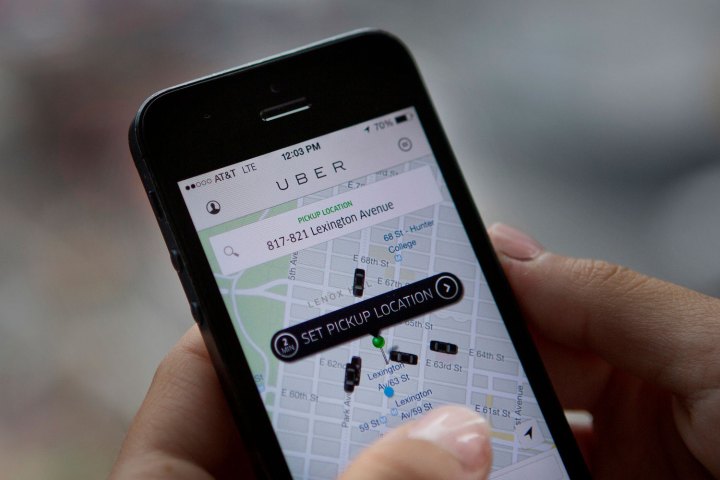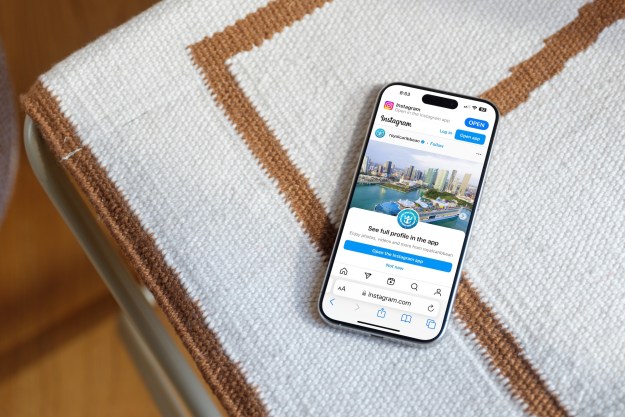
“If you took our top 30 cities today, today they’re generating over $1 billion in profit a year, just our top 30 cities. And that profit multiplies every year because we’re growing,” Kalanick insisted, noting that of the 400 cities in which Uber operates, a number are generating revenue. “So that helps us to sustainably invest in our Chinese efforts … Because of the profits we have globally, this is something we can do for the long run,” he said late on Thursday.
And while China’s homegrown Didi Kuaidi is certainly giving Uber a run for its money, the San Francisco-based firm isn’t backing down. While its market share in China was just 1 to 2 percent in January of 2015, the company now claims that this proportion has grown to around 30 percent today.
“The key for (us in) China is to move fast,” Kalanick added. “If we launch in the U.S. and then it gets copied in China, we’ll be behind. So we’re starting to orient some of our innovation at China first.”
Luckily for Uber, China has yet to bombard the company with strict regulations, like those Kalanick’s team faces in Europe. But there are certainly a number of other challenges the startup faces, all of which the CEO seems eager to tackle.
“I was in China 70 days last year and 100 times a day someone would say ‘Travis, no Internet technology company has ever succeeded. I don’t know if you should be here’,” he told reporters. “As an entrepreneur, that’s the best thing you can hear … you’re always turning it into the positive, and trying to make the impossible possible is what we do. Adventure with a purpose is what we do.”
Editors' Recommendations
- This artificial heart could help keep people on transplant waiting lists alive
- Trump to order TikTok’s Chinese owners to sell U.S. operations
- Uber to acquire Postmates for $2.65 billion
- Uber and Lyft suspend carpool option to help prevent coronavirus spread
- Hyundai S-A1 flying taxis could take flight by 2023 for Uber elevate


